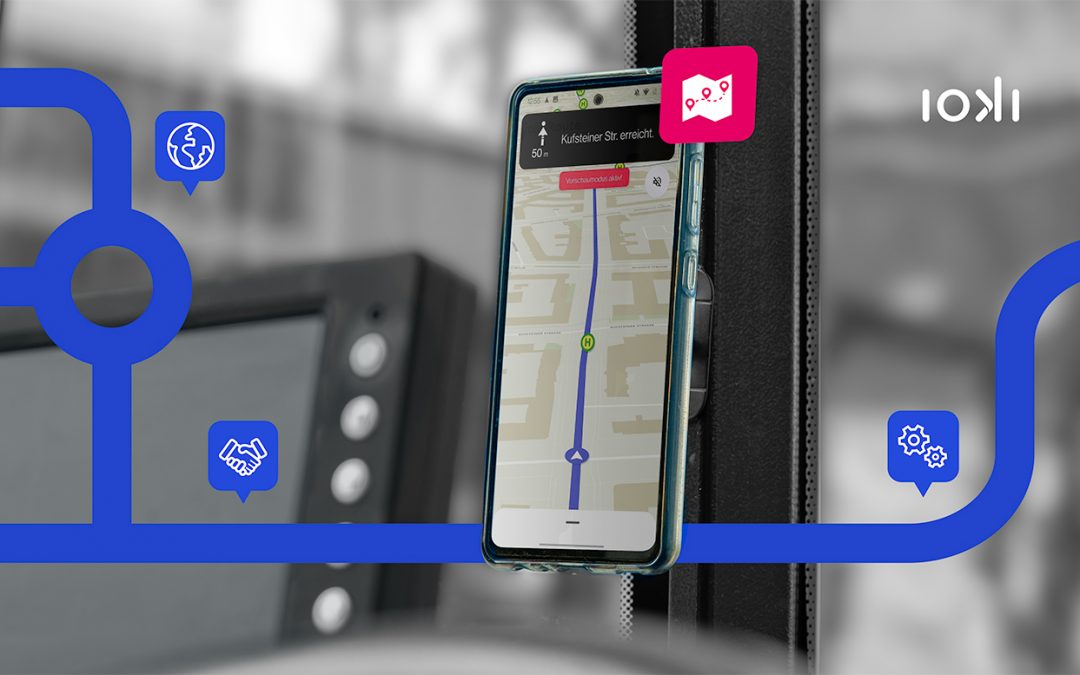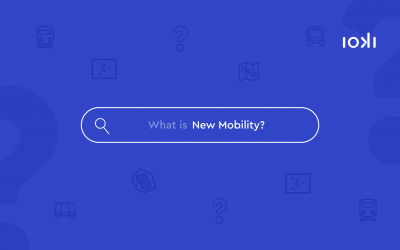But not only many cityscapes are still dominated by cars. Particularly in rural areas, the car is still the most frequently used means of transport due to the lack of public transport networks.
At the same time, wherever there is a trend, there is always a counter-trend. And so the car has never been as controversial as it is now, especially with regard to air pollution and climate change. In addition, we face the debates about driving restrictions and driving bans – a traffic turn has to come and forces the automotive industry to rethink and restructure.
With the increasing number of electric cars on Germany’s roads, at least the first step in the right direction seems to be done: By the end of the year, in addition to the 341,000 hybrid vehicles, about 83,000 registered electric vehicles are expected. However, a brief comparison with Norway, where every second car is already electric, shows us that we still have a long way to go in Germany. Above all, at least ten million electric vehicles would be needed to achieve the climate targets by 2030.
So electric cars alone do not seem to be the answer. Especially regarding the fact that each car – whether electrically powered or not – is used by an average of only 1.5 people. This puts the efficiency factor at the centre of considerations. After all, a traffic turn can only succeed if the existing traffic potential is exploited and used efficiently – but this can only happen if people and paths are thought of jointly: On the one hand by providing a strong public transport system for busy routes and on the other hand by measures such as ridesharing or ridepooling for less frequented routes. Which solutions are suitable for which area can be identified using data-driven comprehensive mobility analysis.
Still flexible thanks to strong public transport
In order to be perceived as a real alternative to the private car, however, public transport must sharpen its profile, particularly in terms of flexibility and need orientation. It is precisely the megatrend of individualisation that will have a decisive impact on the mobility of the future. The individual’s mobility behaviour and patterns are becoming more and more individual and multi-layered. Whether it is a matter of professional demands, personal local supply, social motivation or travel – mobility is becoming the top priority despite (or precisely because of?) digital communication.
However, classic public transport with fixed journey times, fixed stops and a complex rail network is not necessarily the prime example of flexibility. One solution that can be profitably integrated at this point is the bridging of the first and last mile. This is where on-demand traffic comes into play, the large-scale expansion of which, especially in combination with electric drives and ridepooling, could represent a major step in traffic turnaround.
At the same time, on-demand services come with an immense economic advantage: especially in rural regions, empty runs on regular bus services outside rush hours are not uncommon. Shuttles that can be booked on demand, ideally electrically, bring customers to well-connected bus stops, are also smaller, more fuel-efficient, cheaper than regular buses and only run when required. ioki has also successfully integrated several on-demand services in rural areas. With Germany’s first digital call bus, for example, we were able to increase the number of passengers in Wittlich by 400%.
However, incomplete public transportation networks are not exclusively a rural phenomenon. Even some urban districts are still not optimally connected to the existing local public transport system. In such situations, on-demand services can be a cost-efficient solution that can be implemented quickly and is tailored to meet needs. In practice, we have already implemented this in the Hamburg districts of Osdorf and Lurup.
So there are certainly concepts for mobility without OWN cars, even if we cannot deny that these will at least in the near future still be oriented to the basic concept of cars. The first step will therefore not be the total abolition of cars in general. But keeping in mind the actucal aim, namely to provide maximum service and flexibility with the minimum number of vehicles, we realize that this will be possible without the current amount of private cars. Because current developments and the emergence of ever new forms of transport, independent of pure private transport, show that the car can be used for all types of transport: Mobility is becoming increasingly networked, digital, multi-modal and green – a trend that private cars can only serve to a limited extent.



